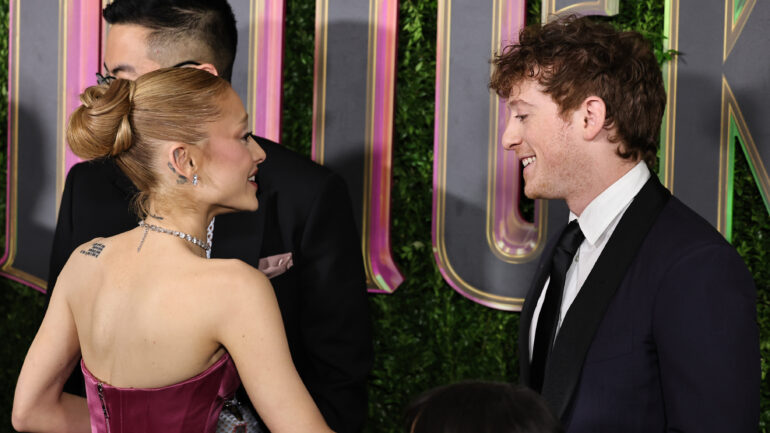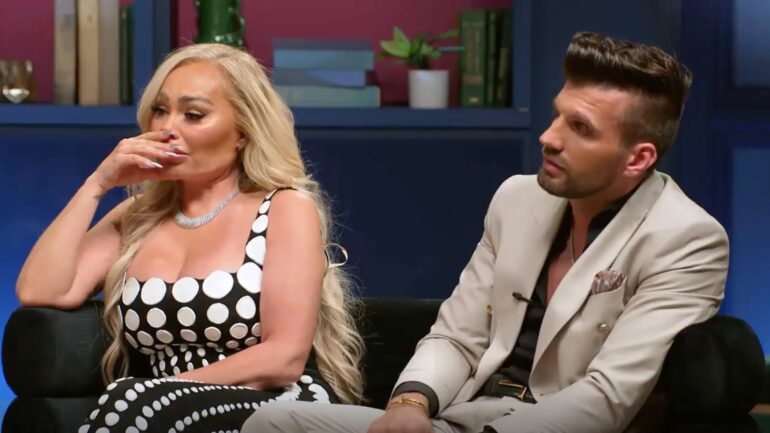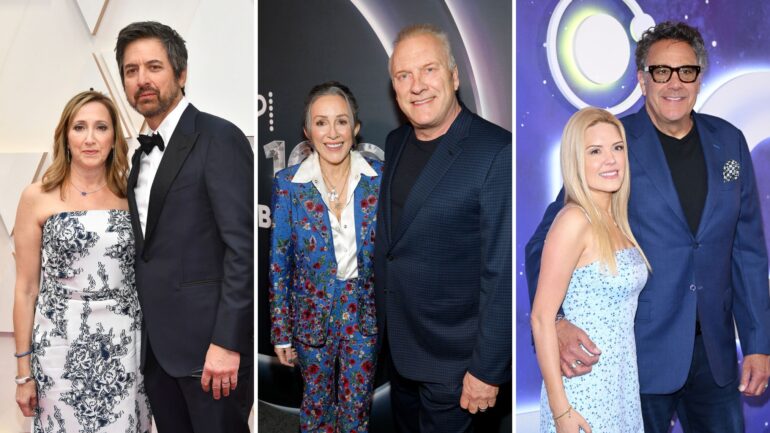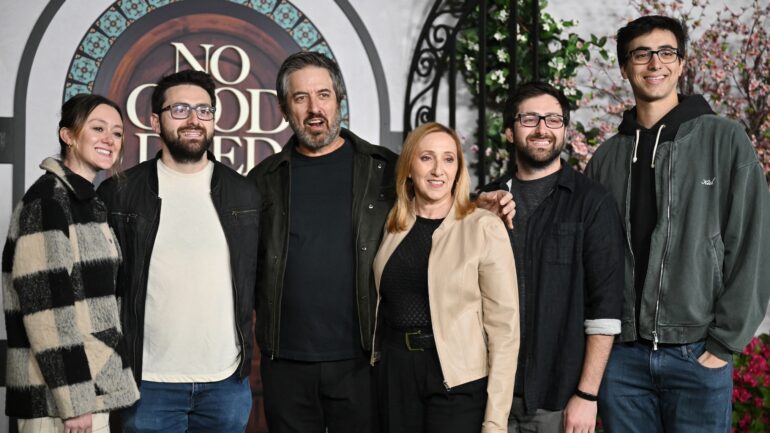Book to Screen
Inside Emerald Fennell’s “Wuthering Heights”: Time Period, Costumes, & Quotation Marks, Explained

Gothic lit fans, get ready to “fall in love again and again” with Wuthering Heights — but be warned, this adaptation may be a little different than the Brontë book you know and love.
Soon after Saltburn creator Emerald Fennell announced that she would write and direct an adaptation of Emily Brontë’s classic novel starring Margot Robbie and Jacob Elordi, fans began to question the literary integrity of her vision. However, it wasn’t until the trailer for the film dropped, in all its horny, Charli XCX electropop glory, that fans came up with a theory about the film’s plot existing outside of the timeline of the classic novel.
What is the theory? According to TikToker Film Sis, “Margot Robbie might not actually be [the book’s main heroine] Catherine. She may be a Victorian woman reading the book and fantasizing herself into it, slowly descending into madness.” Watching the trailer, which includes costuming discrepancies, back, as well as a title card that puts quotation marks around the book title, fans quickly latched onto the theory that Fannell’s “Wuthering Heights” may not be an adaptation at all.
Below, you can find a complete breakdown of TikTok’s “Wuthering Heights” time period theory, including when the film appears to be set, who Robbie and Elordi actually play in the film, and what’s going on with those seemingly random quotation marks.
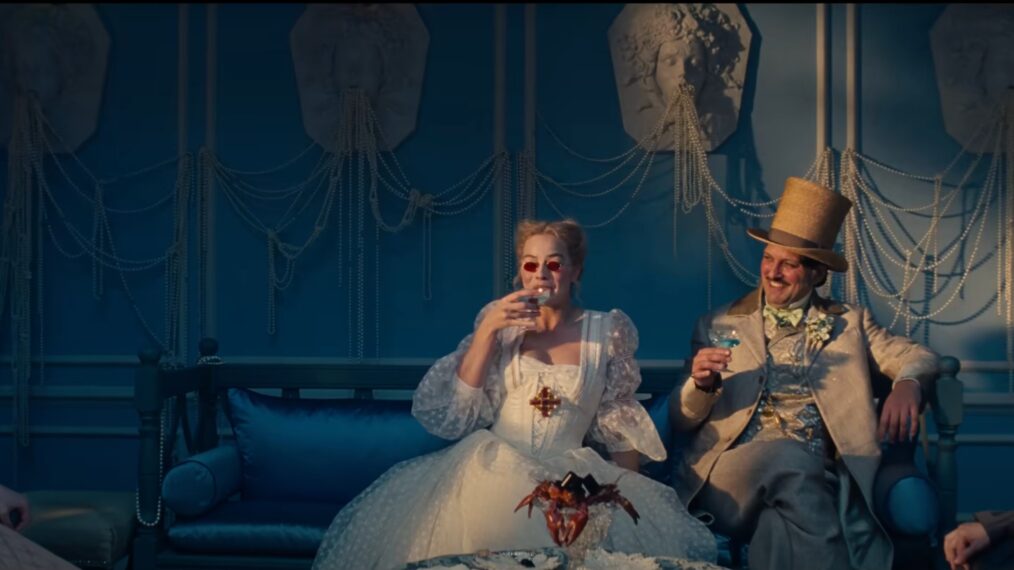
Warner Bros.
What time period is Emerald Fennell’s “Wuthering Heights” set in?
Based on the teaser trailer for Emerald Fennell’s “Wuthering Heights,” it is incredibly unclear what time period the film is set in. While Emily Brontë’s original novel was published in 1847, just 13 months before she died, the story takes place between roughly 1771 and 1802. Watching the teaser trailer, TikTok’s literary luminaries were quick to point out that Margot Robbie’s costumes, which range from Victorian Era to 1990s fashion, did not match the historical context of the novel.
While this discrepancy could just be a faux pas on the costuming side, TikToker movie enthusiast @itsyourfilmsis coined a theory explaining why the adaptation appears less than faithful to the book. She stated, “The clothing in the film swings between two very different fashion eras, the Regency Era from the late 1700s [think Bridgerton], where the Catherine and Heathcliff storyline would actually be taking place, and then late Victorian from the late 1800s, which would have been years after Wuthering Heights would have been published.”
Here’s where the theory comes in: Margot Robbie’s character may not be the book’s heroine, Catherine. Instead, she could be a frustrated Victorian woman reading the book and fantasizing that she is part of the tale. While this is not confirmed, Film Sis pitches a compelling narrative that Robbie’s character is “a fellow yearner like us, disassociating and daydreaming of her Heathcliff as a way to escape her normal life.”
@itsyourfilmsis Why the quotation marks? 👀 I have a theory… Drop your thoughts on Emerald Fennell’s new “Wuthering Heights” trailer in the comments below! #wutheringheights #wutheringheightstrailer #booktok #movie #theories @Wuthering Heights Movie @Warner Bros Pictures @Warner Bros. ♬ A.Vivaldi The Four Season, Summer Presto; Tempo Impetuoso – AllMusicGallery
As another TikTok, @ellie_speaks, pointed out, Robbie’s wedding dress in the film is more reminiscent of Princess Diana‘s wedding dress than the fashion of either of the other time periods represented in the film. The TikToker explains, “I don’t think this is a period remake, I think this is a modern retelling… Set in the 90s.” To muddy the waters even further, Vogue argued that the issue is not with the time period of the bridal look but the dress itself, as traditional white wedding dresses were not popularized until Queen Victoria got married, 40 years after Wuthering Heights was published.
What’s with the quotation marks on Emerald Fennell’s “Wuthering Heights”?
The quotation marks on Emerald Fennell’s “Wuthering Heights“ can certainly be explained by TikTok’s time period theory, which surmises that the film could be about a woman reading Emily Brontë’s Wuthering Heights, not a faithful retelling of the original story. If this is the case, the quotation marks would aptly note that Wuthering Heights is the name of a book, not just the name of the film.
Regardless of the meaning behind Emerald Fennell’s “Wuthering Heights” title, it is clear that Warner Bros.’s general film naming conventions do not include the usage of quotation marks on their film titles. This indicates that the quotation marks on “Wuthering Heights” must have some kind of deeper meaning.

Warner Bros.
Do Margot Robbie and Jacob Elordi actually play Cathrine and Heathcliff in “Wuthering Heights”?
Since the announcement of the film, fans have called into question Fennell’s casting of Margot Robbie and Jacob Elordi as leads. While Catherine Earnshaw and Heathcliff (much like Cher, Heathcliff is too iconic for a last name) are the romantic leads of the book, Catherine is supposed to be 18 years old, and Heathcliff is described as “dark-skinned.” If Robbie’s character were to be a Victorian woman daydreaming about herself and perhaps her crush in the novel, this casting could make more sense.
Fans have also theorized that Robbie and Elordi could be playing Catherine “Cathy” Linton and Hareton Earnshaw, the story’s second generation of lovebirds. In the novel, Cathy Linton is the main heroine, Catherine Earnshaw’s daughter, and Hareton Earnshaw is her brother Hindley’s son. Before you ask, yes, they are cousins. This casting would be more accurate for Cathy and Hareton’s character descriptions, as well as the overall vibes of their relationship.
Do you think Emerald Fannell’s “Wuthering Heights” will be a faithful adaptation of the book? Sound off with your theories in the comments below!’
“Wuthering Heights,” In Theaters, February 14, 2026, Warner Bros.


